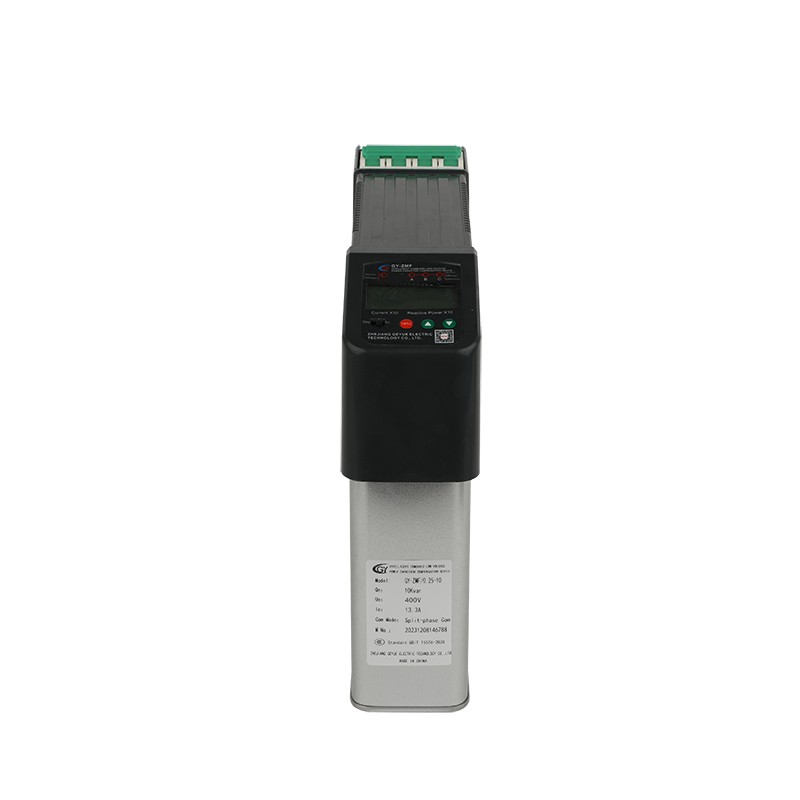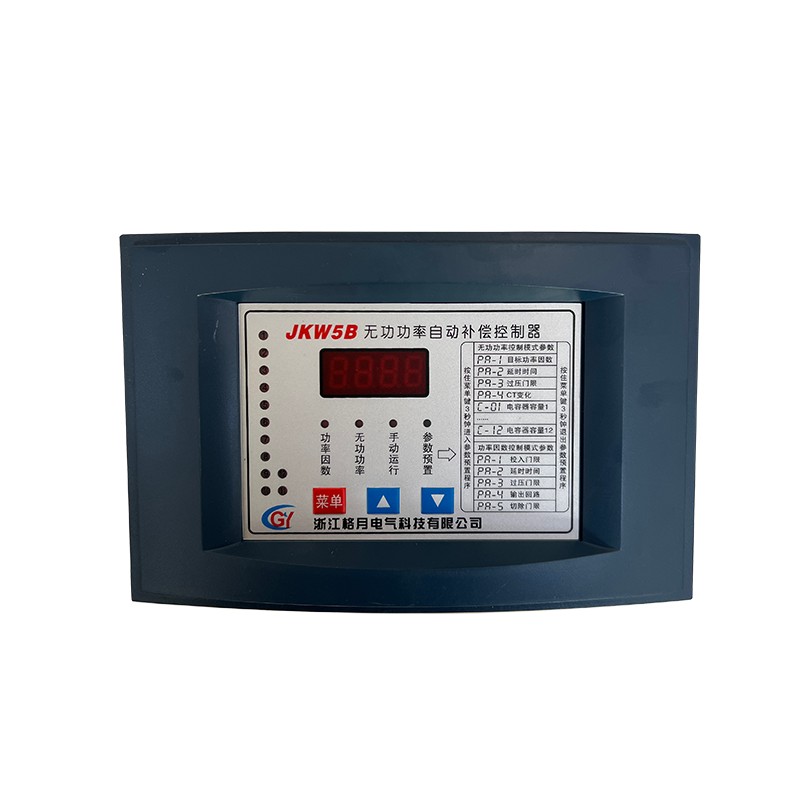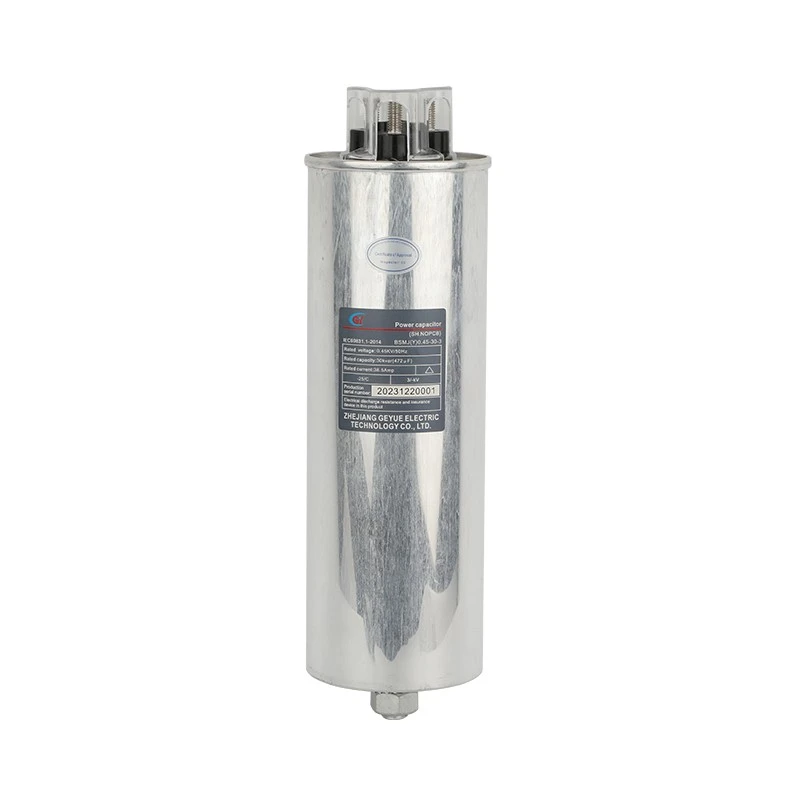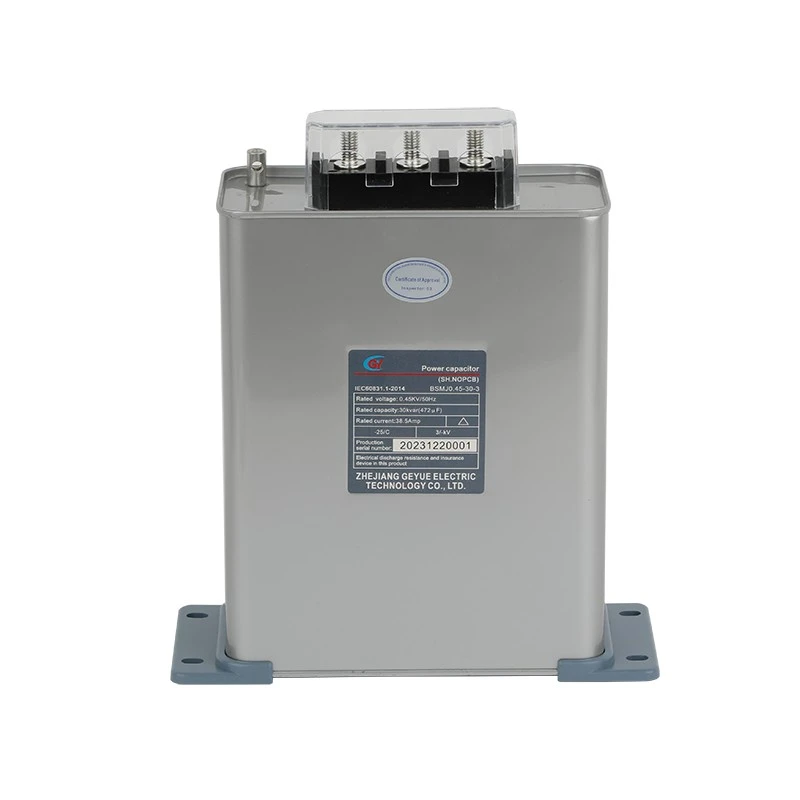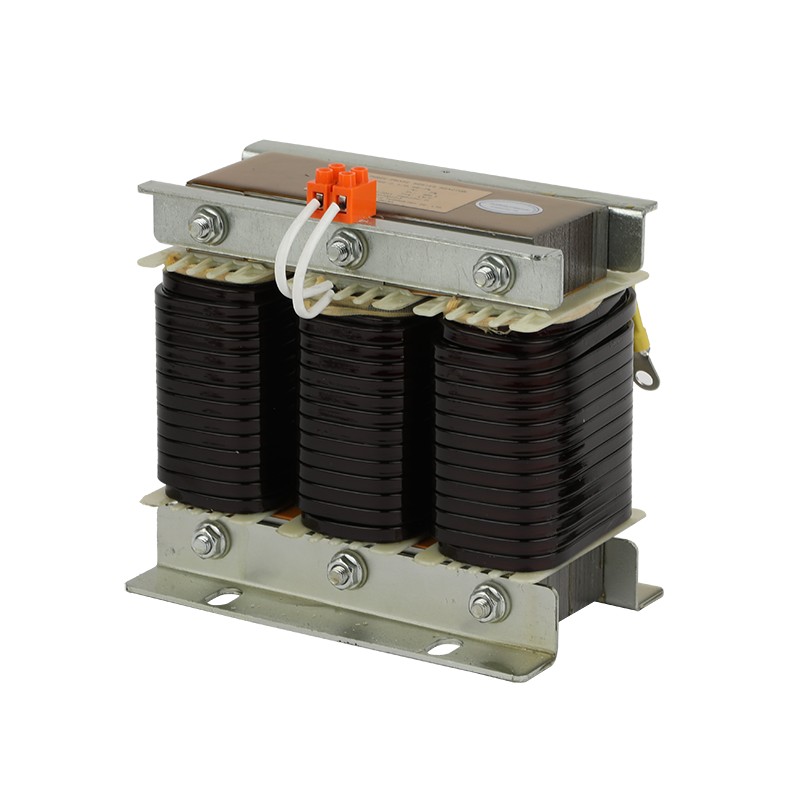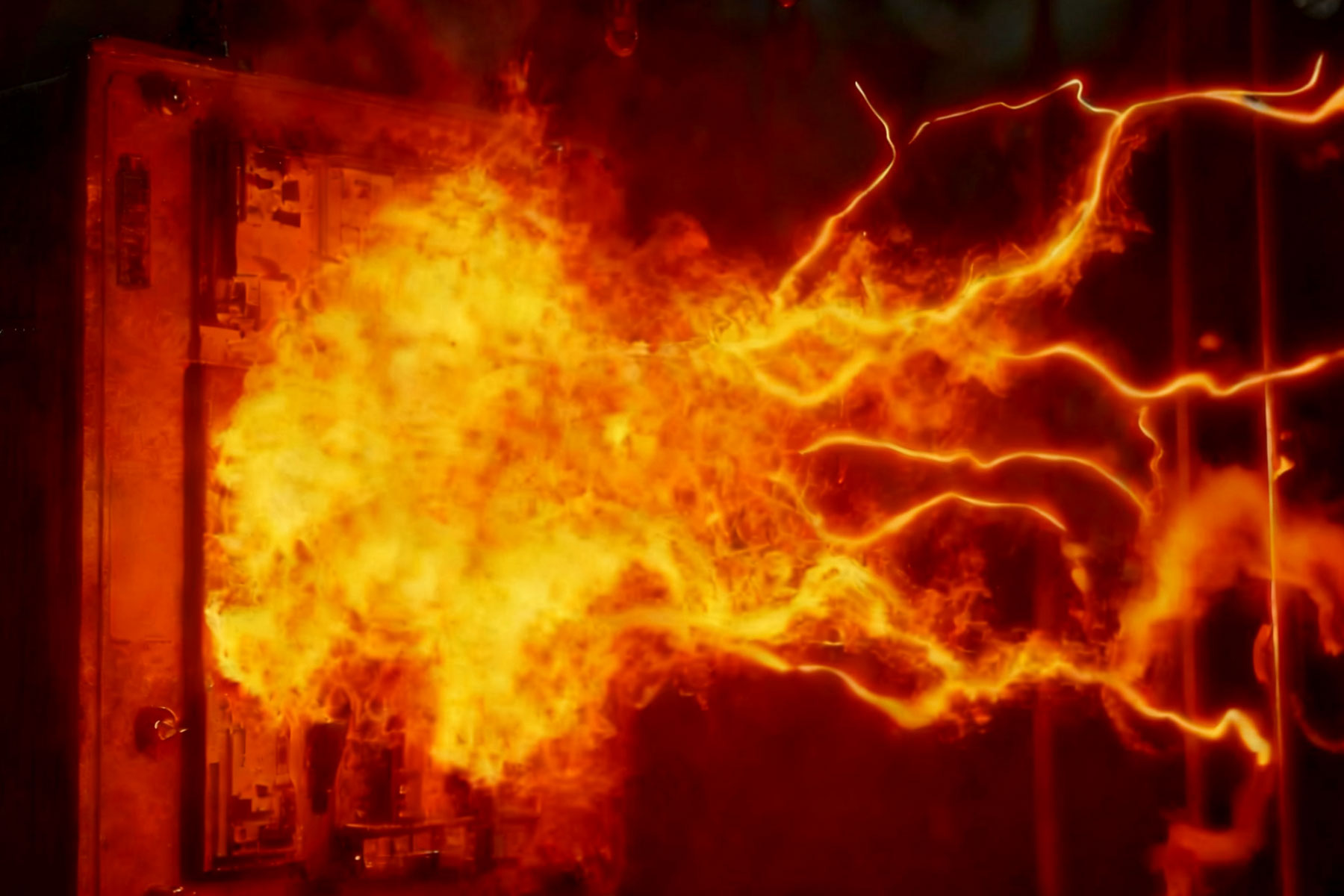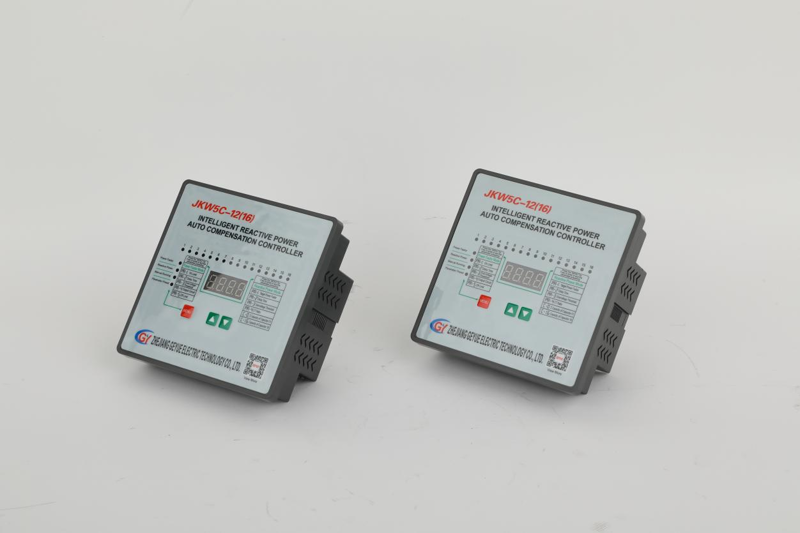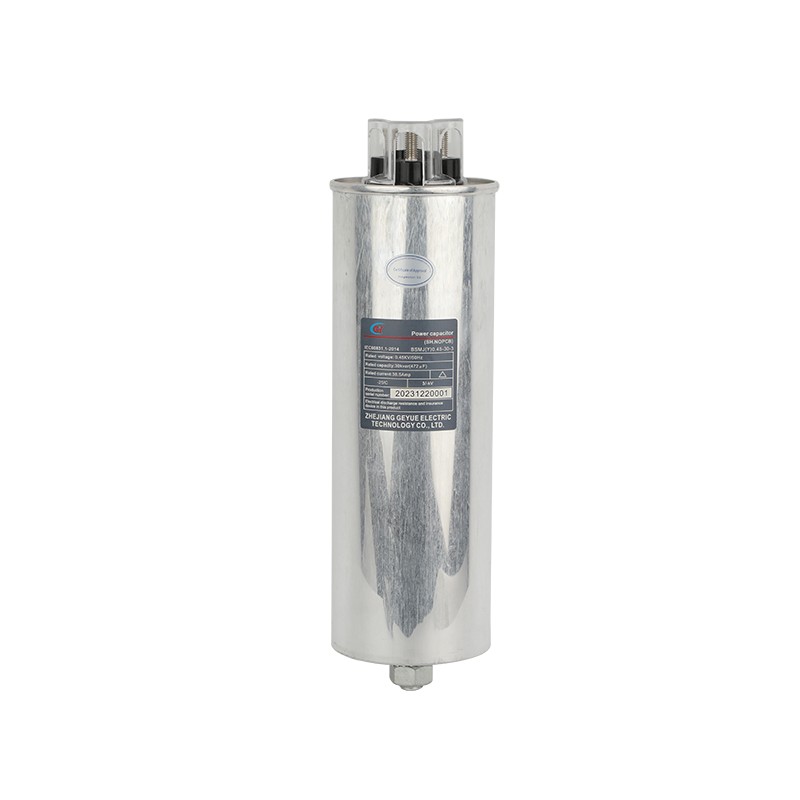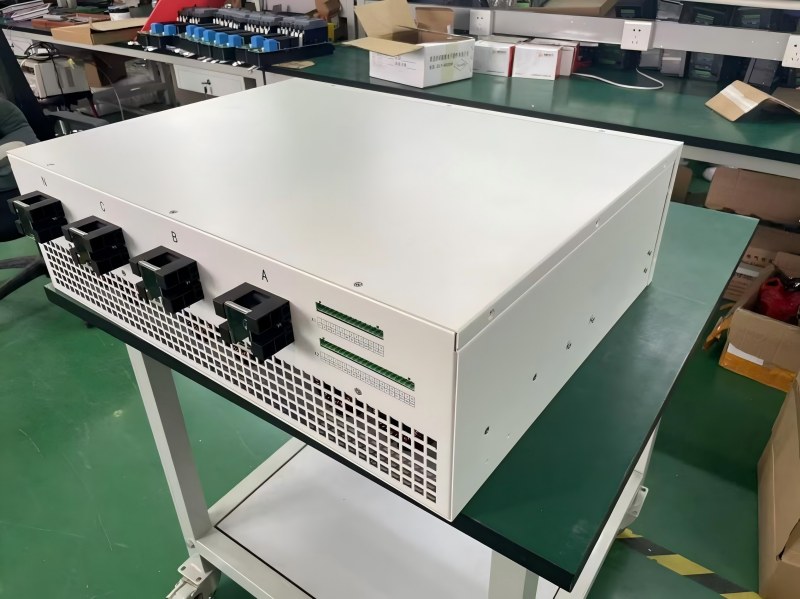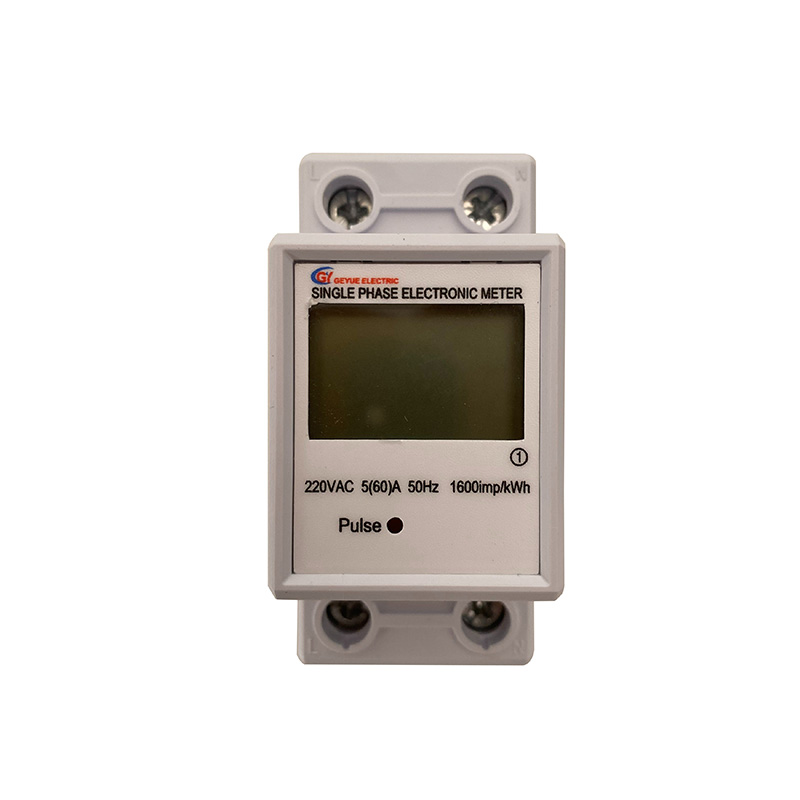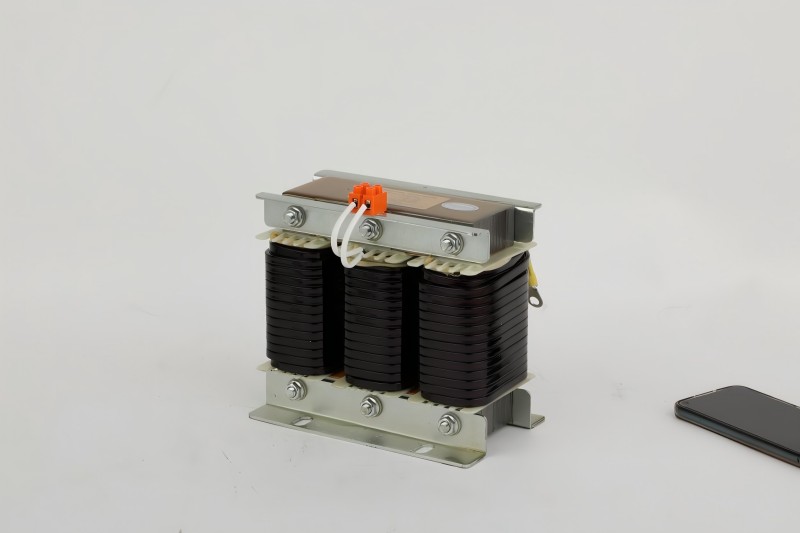Why are Cylinder Self-healing Shunt Capacitor Preferred in Overseas Markets?
Introduction
In the global power equipment market, the design of capacitors exhibits distinct regional preferences. This difference reflects not only the choice of product form, but also the comprehensive consideration of technical standards, installation practices, and long-term maintenance costs in different markets. In recent years, the acceptance and market share of Cylinder Self-healing Shunt Capacitor have steadily increased in overseas markets such as Europe and America, gradually becoming the mainstream choice for industrial power factor correction and power quality control. In-depth analysis of the purchasing decision-making processes of international customers reveals that this trend is based on the comprehensive advantages of Cylinder Self-healing Shunt Capacitor in terms of structural mechanics, thermal management, installation adaptability, and total cost of ownership. These characteristics perfectly meet the high requirements of overseas markets for equipment reliability, ease of maintenance, and standardization.
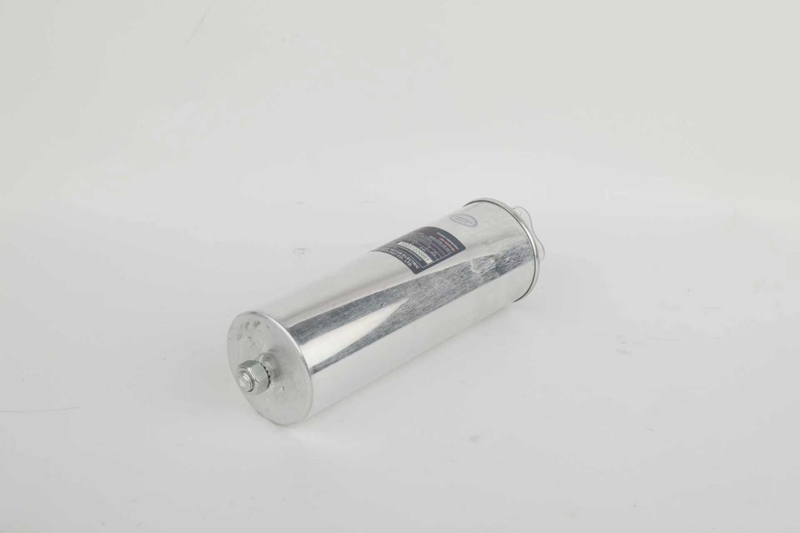
Structural Advantages and Standardization
The cylindrical structure features a uniform distribution of mechanical strength. This symmetrical geometric design allows it to better withstand internal pressure and external mechanical stress. During transportation and installation, the round casing eliminates weak corners, significantly reducing the risk of deformation from impact or pressure—a crucial advantage in long-distance international logistics. The IEC standard provides unified specifications for the dimensions, mounting interfaces, and performance parameters of Cylinder Self-healing Shunt Capacitor. This high level of standardization promotes product compatibility and interchangeability, simplifying procurement and spare parts management. Manufacturers can produce on a large scale based on standard sizes, reducing manufacturing costs and ensuring consistent product quality, providing users with more economical purchasing options and reliable quality assurance.
Ease of Installation and Maintenance
The cylindrical design offers great flexibility for electrical installation engineers, especially in space-constrained distribution cabinets. The round shape allows for tighter packing, improving space utilization. Since there are no orientation requirements, installation is simplified, reducing the probability of errors. The universally used clamp-type mounting bracket makes fixing and removal quick and easy, allowing maintenance personnel to complete replacement without special tools, significantly reducing maintenance time and technical requirements. This is particularly suitable for overseas markets with high labor costs, effectively reducing overall installation and maintenance costs, shortening project construction time, and bringing significant economic benefits and time savings to contractors and end users.
Thermal Performance and Safety Features
The cylindrical structure offers a larger surface area to volume ratio, which allows for more efficient heat dissipation within the same volume, facilitating even heat distribution. In high-temperature operating environments, the cylindrical enclosure promotes better heat convection, preventing localized overheating and ensuring stable operation under harsh conditions. From an electrical safety perspective, the absence of sharp corners in the cylindrical design eliminates electric field concentration, enhancing insulation reliability and withstand voltage strength. International certification bodies like UL and CE have stringent safety requirements; the cylindrical design is easier to meet these standards. Its uniform electric field distribution provides inherent advantages in material selection and safety design, ensuring compliance with international certifications.
Suitability for Automated Production
The cylindrical structure is well-suited for automated production lines. Its symmetrical shape facilitates robotic handling, positioning, and assembly, improving production efficiency and product consistency. In modern manufacturing plants, automated equipment can easily handle cylindrical components, enabling fully automated processes from winding and assembly to testing. Many overseas manufacturers employ smart manufacturing technologies; the cylindrical geometry facilitates integration of vision systems and robotic handling units, ensuring production accuracy and quality consistency. This highly automated production model not only reduces labor costs but, more importantly, guarantees consistent product parameters. This manufacturing advantage meets the high requirements of international customers for product reliability and batch consistency, providing quality assurance for large-scale projects.
Environmental and Recycling Advantages
Cylinder Self-healing Shunt Capacitor utilize readily recyclable metal materials and standardized structural designs, complying with EU RoHS and WEEE directives. The standardized design simplifies disassembly and facilitates material sorting and recycling. The circular shape allows for easy crushing and separation, increasing the recycling rate of metal materials. In the increasingly environmentally conscious international market, particularly in Europe, these environmental advantages offer a significant competitive edge. Manufacturers can further reduce the environmental impact by optimizing material selection, using non-toxic, environmentally friendly dielectric materials. These features make Cylinder Self-healing Shunt Capacitor a key choice for sustainable power equipment development.
International Market Recognition
The cylindrical design has become the standard for major international power equipment manufacturers, having gained widespread market recognition and user trust through years of market validation. From a technical standards perspective, international standards organizations such as IEC and IEEE have based their specifications on cylindrical designs, giving Cylinder Self-healing Shunt Capacitor a natural advantage in international projects. Many international project tenders explicitly require the use of Cylinder Self-healing Shunt Capacitor, further solidifying their market position. Long-term performance data demonstrates that Cylinder Self-healing Shunt Capacitor exhibit superior reliability across various environmental conditions, providing strong support for their global market penetration and giving users full confidence in their selection.
In summary, the popularity of Cylinder Self-healing Shunt Capacitor in overseas markets is based on a comprehensive consideration of multiple factors, reflecting the international customers' overall assessment of product performance, lifespan, and total cost of ownership. The outstanding advantages of the cylindrical design in terms of mechanical strength, heat dissipation, ease of installation, and standardization perfectly align with the specific requirements of the global power equipment market. As global power equipment standards continue to converge and internationalization progresses, the technical advantages and market position of Cylinder Self-healing Shunt Capacitor will become even more prominent. For manufacturers both domestically and internationally, understanding the technical rationale behind this market preference will help them better seize international market opportunities, develop more competitive products, and gain a leading position in the global power equipment market.
- Can Intelligent Low-Voltage Reactive Power Compensation Devices Become a Revolutionary Solution for Energy Efficiency Management?
- What Are the Essential Checks during the On-Site Commissioning of New Capacitors?
- Can SVG Become the Ultimate Solution for Power Quality Management?
- What Is the Significance of the Reactive Power Demand Curve in Designing an Effective Low Voltage Reactive Power Compensation System?
- What Are the Main Types of Low-Voltage Reactive Power Compensation Requirements in Commercial Buildings with High-Density LED Lighting and HVAC Systems?
- In the New Energy Era, How Will the Reactor Industry Overcome Technological Bottlenecks?

